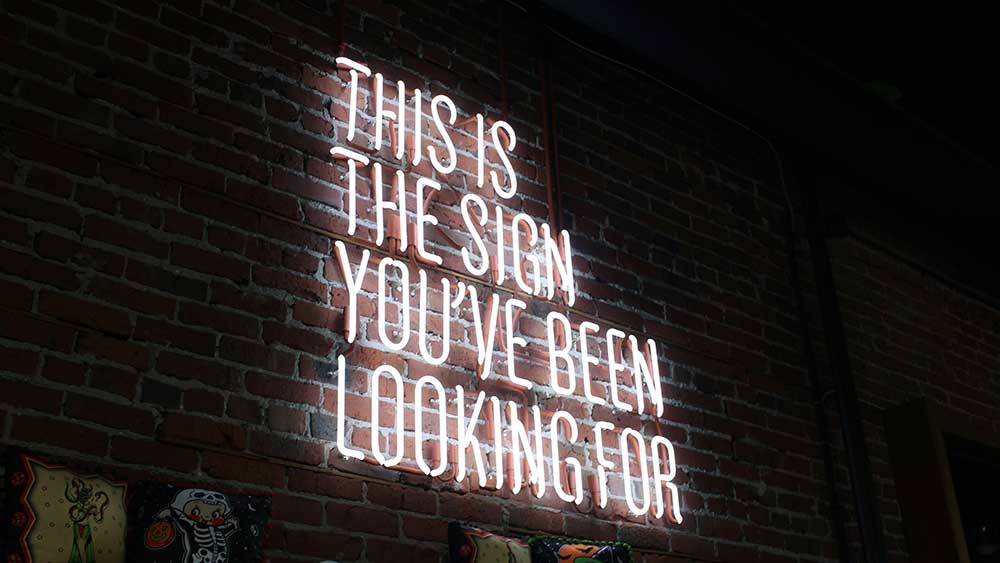How to transform DEI without throwing out the baby with the bathwater
How to Transform DEI Without Throwing Out the Baby with the Bathwater.
The conversation about DEI has changed and for many, it feels more uncertain than ever. Budgets are shrinking. Some organizations have eliminated the roles of their DEI practitioners. Political backlash is spreading. The terminology itself is being questioned.
For years, organizations have invested time, energy, and resources into DEI.
They’ve built strategies, run workshops, appointed committees, and launched countless initiatives all with the best of intentions. And yet, the results remain underwhelming.
Why this matters to your business
That’s not just a moral problem it’s a business one. Studies continue to show that inclusive organizations outperform their peers in both innovation and profitability. When different perspectives meet, creativity follows. When creativity is nurtured, results grow.
Some leaders are pursuing the advantages of an inclusive workplace from improved collaboration to measurable financial gains. Other leaders are wondering whether DEI still belongs in their business strategy at all.
Now, as budgets shrink and public backlash grows, DEI itself is being questioned. Not just the methods. The entire concept.
So, what happens next? Do we cancel DEI altogether?
That might feel tempting. But it also feels like throwing out the baby with the bathwater*.
Because while DEI in its old form may have reached its limits, the purpose behind it hasn’t.
So, is DEI dead — or just transforming?
No. But yes.
*And to the Danes: yes, while it might sound a bit ‘Danglish’, “throwing out the baby with the bathwater” is actually also an English phrase originally borrowed from German.
What We See Out There. Have You Seen It Too?
When we listen to leaders across industries, the pattern is strikingly familiar.
- DEI budgets are either nonexistent or symbolic.
- The C-suite isn’t synchronized, leaving ownership unclear.
- Someone in HR is expected to “fix it.”
- Initiatives are launched without data, based on guesswork rather than diagnosis.
- Women are leaving in large numbers, while engagement scores plateau.
- Polarization is rising. DEI Fatigue is roaring.
When we shared these observations with 150 HR professionals at a recent event, we asked them to raise a red or green card in response. The result? A sea of green. Almost every participant recognized the same obstacles in their own workplace.
Despite all the initiatives and awareness training, many organizations find themselves facing the same challenges year after year: Very little measurable effect.
Diagnosing the Real Problem: DEI Without Leadership
Too often, DEI has been treated as a standalone project, led by passionate people in HR and ERGs (Employee Resource Groups) but isolated from the organization’s strategic core.
The result? Policies exist, but behaviors don’t change. Leadership remains reactive, not accountable. Culture becomes a communications exercise instead of a business discipline.
As Living Institute’s CEO Heidi R. Andersen puts it: “Inclusion is not an HR project. It is a strategic leadership discipline.”
This shift in thinking is critical. Inclusion cannot be delivered through awareness sessions alone. It must be owned and measured by the same leaders who steer performance, risk, and innovation.
In our client surveys, the early warning signs are visible.
At one global pharma company, we’ve worked with, 75% of men plan to stay long term, while 50% of women expect to leave within a year.
That’s not a pipeline issue. It’s a cultural one.
As Heidi R. Andersen often says: “Women are the canaries in the coal mine.”
When engagement gaps appear, they reveal the health of the entire organization not just one demographic group.
Why the Old Model No Longer Works
Many leaders know this intuitively. They still believe in the human and business value of inclusive workplaces. But for different reasons, they are now dropping the “DEI” label.
They don’t want to throw the baby out with the bathwater, they just want a model that works.
The truth is, DEI in its old form has lost credibility because it became disconnected from strategy and measurement. When initiatives are built on moral arguments rather than performance data, they’re easy to dismiss when pressure mounts. When inclusion isn’t tied to accountability or business outcomes, it becomes symbolic. And when leaders aren’t aligned, progress stalls.
From DEI to People, Leadership & Culture
So, what does the new model look like?
It starts with shifting the focus from HR-led activities to organization-wide transformation.
From DEI to People, Leadership & Culture. Measurable, high-impact solutions embedded across the organization attracting talent, advancing equity, and creating a culture worth staying for.
When inclusion becomes a leadership discipline, it accelerates collaboration, strengthens innovation, and drives profitability. Because the link is simple: inclusion creates innovation, and innovation sustains performance.
So, no. We don’t need to throw out DEI. We need to lead it differently. The old model of awareness campaigns and symbolic gestures has run its course. The next chapter is about measurable, organization-wide impact.
And it starts at the top.
Webinar on November 25: Rethinking DEI in Turbulent Times
Can you relate?
Join Heidi R. Andersen, Founding Partner and CEO of Living Institute, for the webinar “Rethinking DEI in Turbulent Times.”
In a 30-minute session, you’ll learn practical ways to face these developments and how this new model looks like. How to align leadership, rebuild trust, and turn inclusion into a measurable part of your People, Leadership & Culture strategy.
